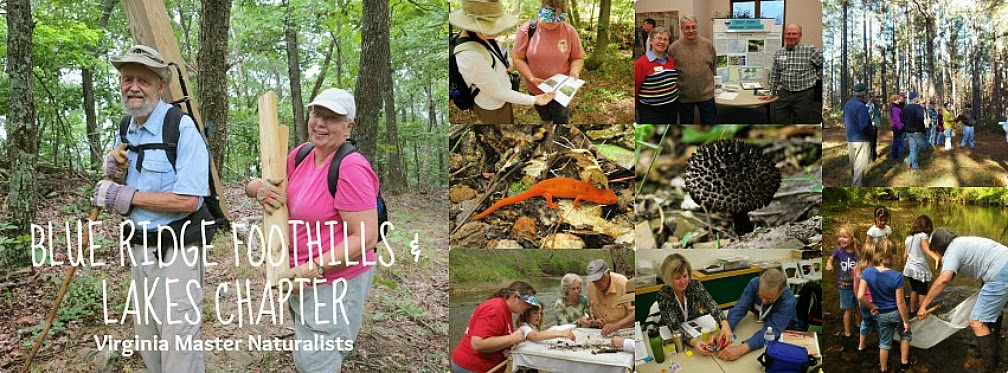Diversity, volume of bugs speak to health of Roanoke River water
Every mile of the upper Roanoke River is polluted in some way, DEQ says.
 |
| BRFAL Member water testing |
 |
| Capturing bugs in the Pigg River |
Excerpt from the Roanoke Times:
Wearing hip waders and arm-length rubber gloves, Drew Miller wades into the ripples of the Roanoke River, gripping a wooden-handled net.
Miller, a biologist for the Virginia Department of Environmental Quality, is soon knee deep in his work, testing the water for pollution.
To do that, he must first find the bugs, snails and worms that live along the river bottom. After scooping a load of organisms and muck into his net, Miller wades back to the shore and examines his catch.
"This guy right here is a really good indicator of water quality," Miller says of a mayfly, just one of the samples he will take back to a state lab for testing.
Benthic macroinvertebrates — or, to the layman, river bottom bugs — are extremely sensitive to pollution, and their numbers and diversity can tell DEQ officials a lot about the health of the river.
Last month, the agency released its biennial Water Quality Report. According to bugs and other indicators, the 32 miles of the upper Roanoke River, from its headwaters in Montgomery County to where it flows into Smith Mountain Lake, are all polluted in some way....read the rest of this article here.
Many Blue Ridge Foothills and Lakes Chapter of Virginia Master Naturalist participate in water quality testing as members of Save Our Streams. Visit the Save Our Streams website here to learn more. Learn more about the Virginia Master Naturalist program here.

No comments:
Post a Comment
Thanks for your comment and interest! NOW GO OUTSIDE!